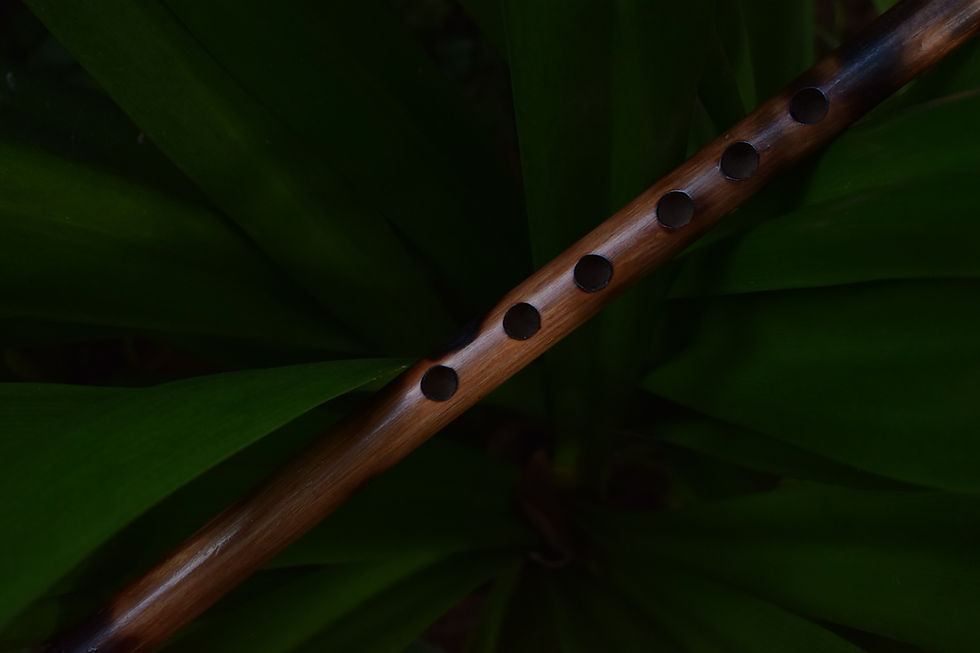Music Revision - Periods Of Music - Medieval
- Chris Anderson
- May 2, 2023
- 2 min read
There are many (seven) periods of music and it is my intention to cover them all over the next several blogs. Let’s start with Medieval.

It’s A Date!
Generally speaking the Medieval period of music goes from around the 6th to 15th centuries.
The period can be divided into three (sub) periods:
Early 500 - 1150
High 1000 - 1300
Late 1300 - 1400

Music To My Ears
Medieval music includes church music and secular music. There would be vocal music, instrumental music, and music that combined the two. Medieval music was composed and improvised for many musical genres.
Gregorian chant, a form of vocal music, was sung by monks during Catholic Mass. (The Mass is a reenactment of Christ’s Last Supper, intended to give a spiritual connection between man and God.)
Instrumental music of the period would include music used for theatre and aristocratic courts. Dance music was often improvised around familiar themes.

Medieval Lays Foundations
During the medieval period the foundation was laid for the music notation and theory that would shape music in Western Music. The development of music notation enabled composers to write out their melodies and instrumental pieces on parchment. Before that everything had to be learnt by ear from one person who knew the piece to another.
The Gregorian chant done by the monks was monophonic. Polyphony was beginning to be developed during the high medieval period becoming prevalent in the late 13th and early 14th centuries. Another development of the monophonic plainchant (another term for Gregorian chant) was heterophony.
With the development of polyphony came the motet. A motet was a short polyphonic piece, usually (but not always) vocal. Early motets would be liturgical but as time went on the genre expanded to include secular topics such as courtly love (a respectful veneration of a lady from afar by a noble gentleman). The motet developed in the Renaissance Period.
Instruments
A lot of the instruments used in the medieval period still exist today although many have been developed. Here are some of the common ones:

Flute - this was a hollowed out wooden instrument with holes for the fingers. It, like its modern day counterpart, is side blown across the mouthpiece.

Recorder - Similar to the flute only the instrument is blown into through the mouthpiece.

Lute - A very early form of guitar with a pear-shaped body.

Lyra - A pear-shaped instrument with three to five strings, played using a bow.

Hurdy-Gurdy - A mechanical violin that uses a rosined wheel made of wood attached to a crank to “bow” the strings.

Sackbut - Early form of trombone.
Composers
There were many composers and troubadours in the medieval period. Unfortunately, but sadly not surprisingly, only a small percentage of work survives. Here are a few notable exceptions:
Hildegard of Bingen (1098 - 1179) - German composer - 72 works
Jehan de Lescurel (Early 14th century) - French composer - 34 works (all monophonic except one)
Johannes Alanus (Flourished late 14th or early 15th century) - English Composer - Sub Arturo Plebs and maybe four others





Comments